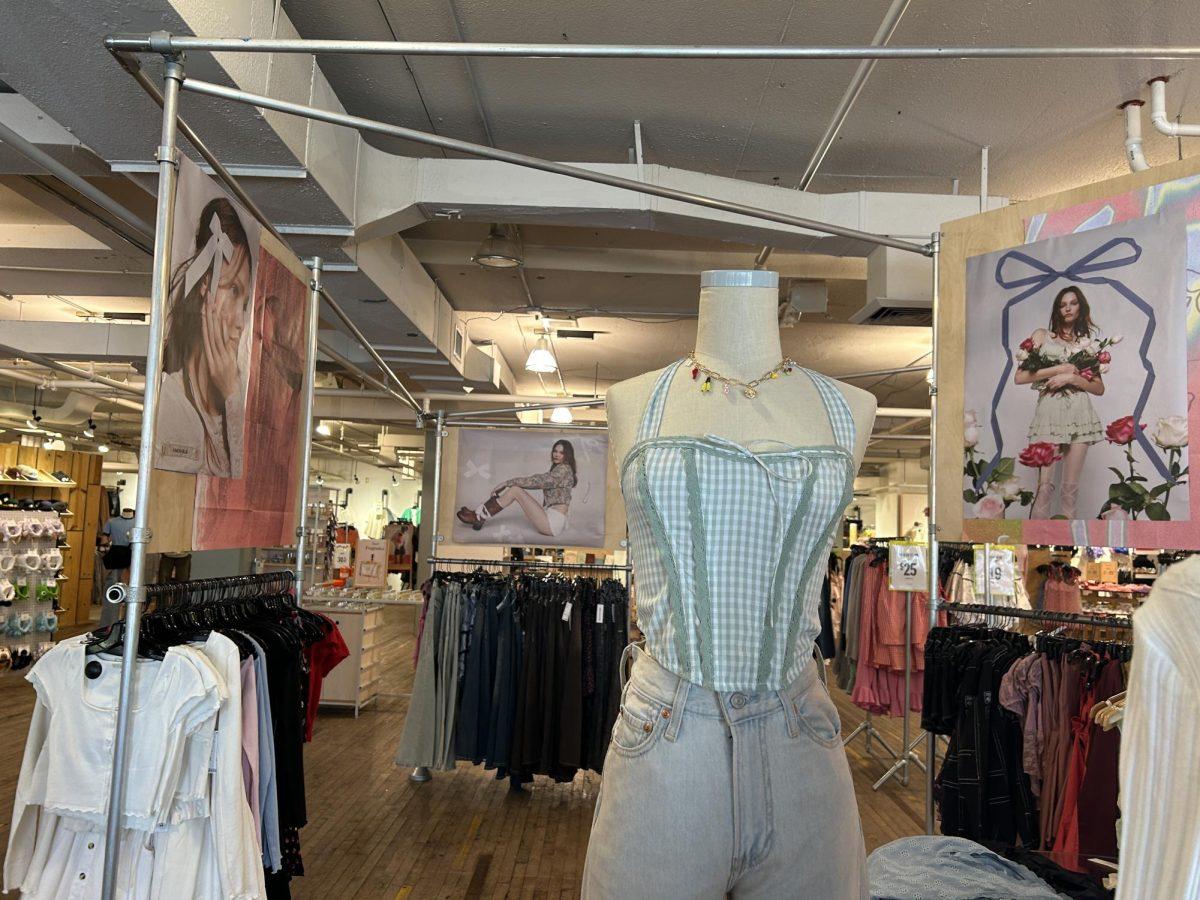We exit the theater and you ask me: “What did you think of the movie?”
What did I think of the movie? I thought many things, but I know that only one of them is of interest to you. Unfortunately for you, the information you’re digging for is not among that multitude of thoughts I had while watching the film. What you’re looking for is an evaluation — my grading of the work — and you will fail to find it.
Your failure to hear my evaluation will be disturbing, I know. How could I think something other than “that was good/bad/so-so” in relation to the film we’ve just seen? After all, isn’t it instinctual to judge a work of art qualitatively?
It may seem primal to judge in this way, but that primacy doesn’t make it a critical trend that should continue. In fact, discussing art in qualitative terms distracts from a more pertinent and fascinating conversation that never happens in casual discourse.
First, what is happening when I say, “The film was good,” “I didn’t like the film” or “It was just all right”? I’m placing the work on a scale whose poles are “unfathomably awful” and “perfect.” This broad scale of evaluation is fairly universal, though the poles are labeled differently according to the evaluator.
A work of art isn’t fixed in its status as being “great” or “shitty” until that evaluation is expressed. In one’s mind, evaluations are never static. When you ask me how I’d grade the work according to my version of the qualitative scale, I place it somewhere on that scale and you must assume that, at least for the moment, this will be my enduring opinion.
But what is really happening here? The answer is a lot of guesswork on your part. My evaluation of the work is groundless without a context of other evaluations I’ve made in the past and of criteria I’ve invented, a sequence of opinions which, when unified, provide only an approximation of my personal scale. And even then, you’ll have to take a certain leap in inferring how exactly that scale might function if asked to grade another work. My evaluation of the work — the information you’re seeking — tops a mountain of an indefinite number of opinions, most of which are unknown to you. You must make a guess, however informed it may be, in hopes of understanding exactly what I mean by “I thought it was decent, I guess.”
A qualitative evaluation of a work — by far the most popular form of casual discussion about art — is not without meaning, but its meaning is unknowable. This is far more problematic than the mere impossibility of knowing what one means by saying one likes or dislikes a work of art: It is an active distraction from an infinitely more interesting conversation about the work of art which we’re never engaged in.
In our exchange of qualitative opinions, the work of art, the object of our discussion, vanishes. All that is left is you, me and our mutually incomprehensible tastes. So, by talking in terms of “good,” “bad,” etc., we’re not even addressing the work of art so much as we’re addressing one another; The conversation could be about virtually anything. Herein lays the crux of the problem. By doing this, we’re overlooking the really incredible thing about the experience of being an audience: The way in which we create the work’s meaning.
Obviously, I don’t have the room or the cred with the Herald’s readership necessary to lay out why, in the audience’s absence, the work of art is without meaning — and yes, the artist can be her own audience. I’ll say only that people mistakenly associate meaninglessness with arbitrariness, which is simply not the case.
But if the meaning of a work of art is never intrinsic, it must be the person experiencing the work of art who creates its meaning. I doubt that anyone fails to have a mental reaction when an object is placed before them and told “This is art.” The artist, the producer of the object itself, isn’t the only party engaged in a creative enterprise; the artist provides the raw materials, but the audience is the one who constructs meaning from them. So why does casual conversation about art rarely, if ever, confront this amazing process? Why is it relegated to scholarship, which only a small fraction of people who consume films, albums, novels, etc. will ever be exposed to despite putting it into practice constantly?
We’re not only avoiding a discussion about how we truly respond to art, we’re repressing an awareness of our instinct to build meaning for a thing which has none.
And no, “I thought the action scenes were cool” doesn’t count.
Dan Sullivan is a junior majoring in history. Give him a qualitative review of his column at [email protected].














